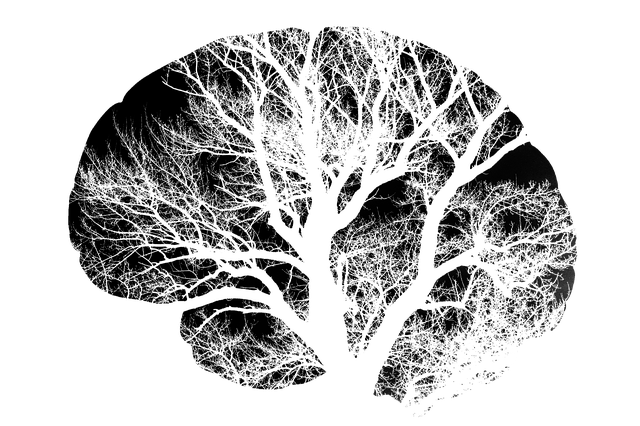Last week we posted a blog on mirror neurons and a growing body of psychological research that suggests that language is closely intertwined with our abilities to empathize with and understand other people.
In this Ted Talk, Neuroscientist Vilayanur Ramachandran outlines the fascinating functions of mirror neurons. Only recently discovered, these neurons allow us to learn complex social behaviors, some of which formed the foundations of human civilization as we know it.
 For centuries, philosophers and scientists have struggled to discover the mysterious origins of human language.
For centuries, philosophers and scientists have struggled to discover the mysterious origins of human language. While we have often discussed how universal emotional expressions are, emerging research is expanding this universality even beyond our own species!
While we have often discussed how universal emotional expressions are, emerging research is expanding this universality even beyond our own species!